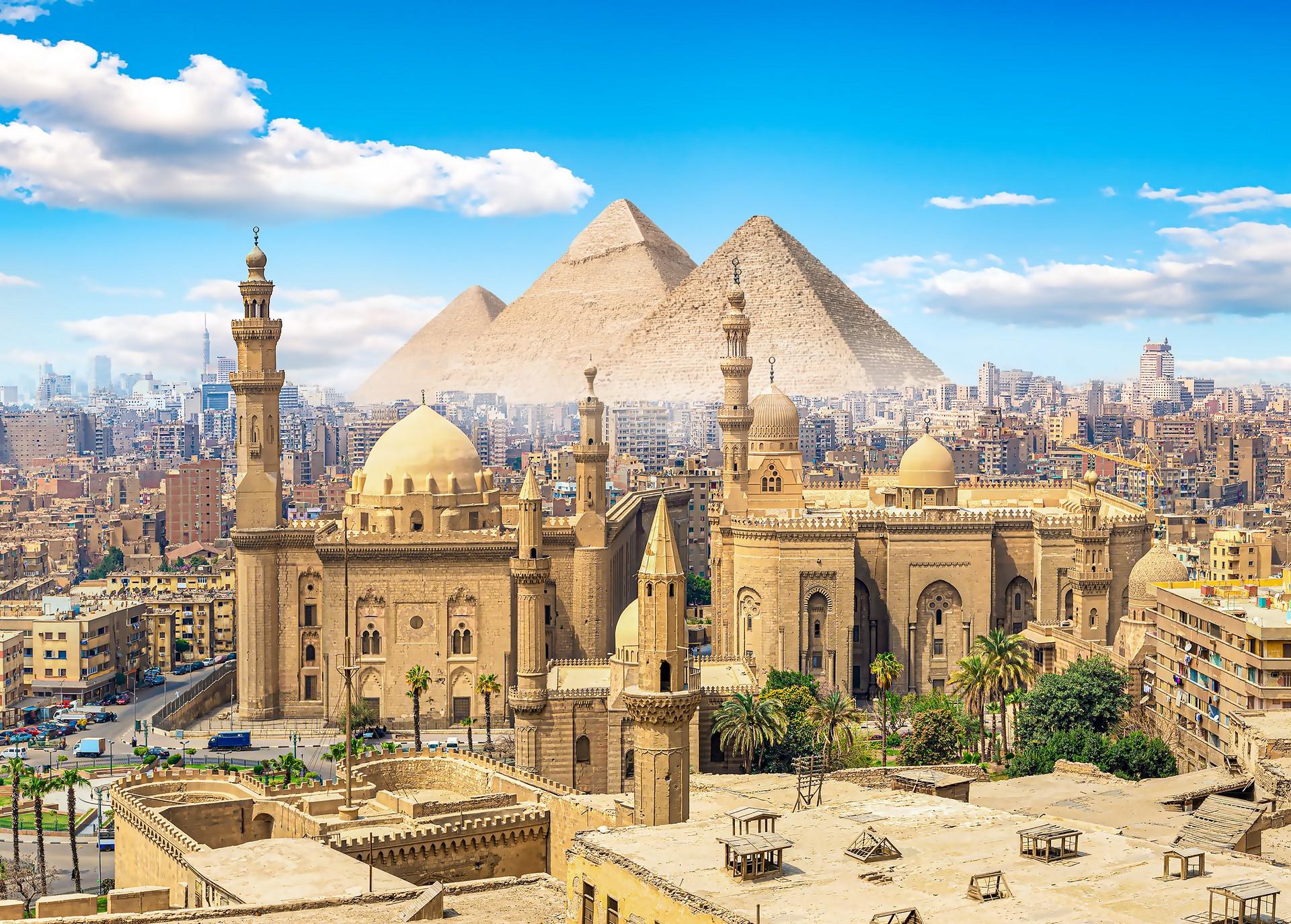
Top 7 Historic Sacral Building Destinations to Visit in November

Top 7 Historic Sacral Building Destinations to Visit in November
Sunheron is your ideal travel planner for finding unparalleled destinations to explore historic sacral buildings. With our comprehensive guide to weather, cultural insights, and easy booking options, you'll spend less time planning and more time experiencing the world's sacred architectural wonders. Utilize Sunheron's platform to uncover hidden gems tailored just for your November explorations.
Factors Influencing November Travel for Historic Sacral Building Exploration
Choosing travel destinations in November for exploring historic sacral buildings requires consideration of several factors. The weather during this period influences travel conditions, with many parts of Central Europe and Southeast Asia offering pleasant, cooler climates ideal for sightseeing. In regions like Southern Europe, the Mediterranean climate keeps destinations mild and enjoyable. Additionally, the absence of peak-season crowds allows for uninterrupted exploration and often results in shorter queues at popular sites. Infrastructure quality, including transport options and site accessibility, can also enhance the travel experience in these regions. Notably, destinations with a rich history and diverse cultural influences, evident through their architecture, are particularly attractive for enthusiasts of sacral buildings, granting both educational and aesthetic exploration opportunities.
Exploring Cairo's Revered Sacral Structures in November

Cairo, located in Egypt, is a city steeped in history, featuring an array of grand mosques and churches. Traveling here in November offers a pleasant climate, with temperatures ranging from 18°C to 28°C, making it comfortable for extensive exploration. The historic district of Al-Fustat is home to numerous sacral sites, including the Amr ibn al-As Mosque. Its influence on Islamic architecture over the centuries is profound. Additionally, the city’s diverse religious history is reflected in landmarks such as the Coptic Museum and Hanging Church.
November provides an ideal climate for leisurely walks through Cairo’s historic quarters to explore its architectural marvels. #Cairo’s fusion of Islamic, Coptic, and Ottoman influences offers a rich tapestry of styles and histories to discover. The intricate designs and storied past of the Al-Rifa'i and Sultan Hassan mosques entice architectural enthusiasts. Exploring Cairo's sacral buildings rewards visitors with an understanding of the region's expansive historical narratives. Accessibility to major sites via well-developed public transportation helps streamline visits.
Ensure to check available local guides and tours through this link: here.
Discover Puebla's Sacral Heritage in November
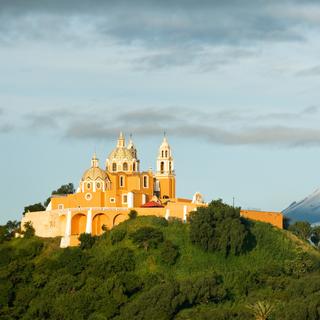
Nestled in Central Mexico, Puebla boasts a colonial charm with a plethora of sacral structures. November offers mild temperatures of around 14°C to 24°C, making the weather ideal for sightseeing. Known for its vividly tiled buildings and the stunning Puebla Cathedral, the city presents a blend of Spanish and pre-Hispanic influences. Puebla’s historical center is a UNESCO World Heritage Site, dotted with countless remarkable churches and convents.
Puebla is perfect in November with fewer tourists and comfortable weather that allow easy exploration of its historic sacral sites. The Baroque and Renaissance influences seen in structures like the Church of Santo Domingo showcase the architectural evolution. The famed Capilla del Rosario, an opulent 17th-century chapel, is a must-visit for its gilded interior. Such highlights make Puebla an educational treasure trove for those interested in religious history and art.
Explore local tours and experiences in Puebla: at this link.
Unearth Marrakesh's Sacred Sites This November
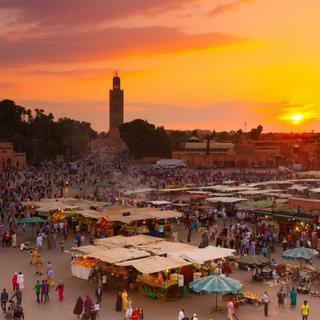
Marrakesh in Morocco is a captivating city known for its rich Islamic architecture. November is an excellent time to visit, with average temperatures between 11°C and 23°C, offering a comfortable exploration climate. The city is famous for its red sandstone buildings and vibrant souks. The iconic Koutoubia Mosque and the Ben Youssef Madrasah are among Marrakesh’s historic highlights, showcasing intricate architectural detailing and artistry.
Marrakesh is ideal in November's mild climate for taking in its breathtaking sacral buildings. Besides the abundant beauty, the spiritual ambiance of these sites offers a peaceful retreat. The mixture of Almohad to Andalusian architectural styles illustrates the city's historical complexity. Visiting the richly decorated Saadian Tombs enhances understanding of the city’s dynastic history. Marrakesh’s accessibility and wealth of cultural landmarks make it a prime destination.
Book your guided tours of Marrakesh's sacred sites: using this link.
Explore Paphos's Spiritual Legacy in November
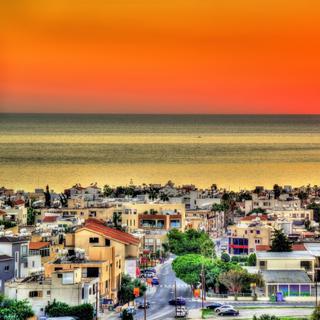
Situated in Cyprus, Paphos offers a harmonious blend of cultural history and natural beauty. Mild November temperatures, ranging from 15°C to 22°C, allow visitors to comfortably explore its renowned archaeological sites. Paphos Archaeological Park, featuring sites like the Basilica of Chrysopolitissa, narrates the city's centuries-old religious significance. As a UNESCO World Heritage site, Paphos is rich with ancient Greco-Roman structures and Christian pilgrimage sites.
Paphos in November is perfect for contemplating its historical and religious architecture. The mild weather and clear skies facilitate exploration of outdoor sites like the Tombs of the Kings. The blending of Classical, Hellenistic, and Christian influences in Paphos’s architecture offers a comprehensive view of its historical transitions. Sites such as Panagia Chrysopolitissa provide insights into early Christian influences in Cyprus. With efficient transport links and a hospitable environment, Paphos provides an enriching historical experience.
Discover and book local activities in Paphos: here.
November Sacral Explorations in Bustling Bangkok
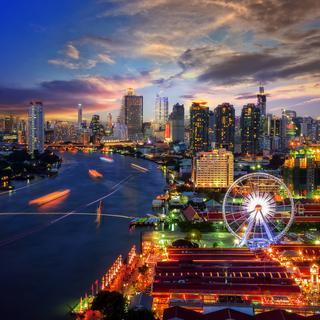
Bangkok, the vibrant capital of Thailand, seamlessly marries modernity with rich tradition. In November, the city enjoys the start of its dry season, with temperatures averaging 24°C to 31°C, creating a suitable environment for temple tours. The city's array of temples, like the stunning Wat Arun and Wat Pho, highlights its deep-rooted Buddhist culture. Bangkok's ornate architecture and religious landmarks are major attractions.
Bangkok’s transition into the dry season offers an ideal opportunity to explore its famous temples and shrines without being hampered by inclement weather. The city's temples are renowned for their exquisite artistry, such as the reclining Buddha at Wat Pho. November's cultural festivals further enhance the visitor experience, showcasing local traditions and activities. Efficient transportation systems make temple hopping convenient, while the local hospitality ensures warm and inviting cultural exchanges.
Find and book various cultural activities in Bangkok: through this link.
Discover Sacral Architectural Wonders in Madrid This November
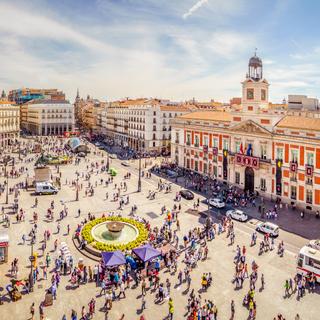
Madrid, Spain's cosmopolitan capital, is rich in both historical and cultural allure. With November's temperate climate averaging 6°C to 15°C, the city offers a comfortable setting for exploration. Madrid's royal palaces and significant religious sites, such as Almudena Cathedral and San Francisco el Grande Basilica, mirror its Catholic heritage. The city seamlessly combines vibrant city life with an appreciation of historical landmarks.
Visiting Madrid in November means fewer crowds at its historic sacral buildings, allowing for a more intimate exploration. The baroque and neo-gothic architecture found in its main cathedrals provides rich educational experiences. The city's commitment to preserving its sacral architecture reflects in the meticulous upkeep of its key religious sites. Proximity to other historical sites enhances the visit, offering a holistic overview of Madrid's diverse historical timeline. Madrid’s efficient metro system facilitates easy travel to these landmarks.
Explore activities and tours in Madrid: here.
Experience Belgrade's Historic Sacral Landmarks in November
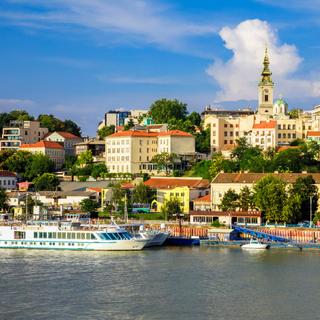
As the capital of Serbia, Belgrade stands out with its robust historical narratives and diverse architectural styles. November's chillier weather, varying between 5°C to 13°C, is perfect for indoor and well-heated venue visits. The city’s core features countless sacral sites, including the prominent Church of Saint Sava and the historic Rakovica Monastery. Belgrade's multicultural past is evident in its various orthodox and Catholic structures.
Belgrade offers a distinctive sacral exploration experience with its unique blend of Orthodox Christianity and mixed cultural influences. With its extensive history, the Church of Saint Sava captivates with both its monumental size and ongoing architectural advancements. November’s quieter streets provide a peaceful travel experience, perfect for absorbing Belgrade’s cultural essence. The city's extensive history across religious and ethnic backgrounds is captured in its architecture, promising an insightful journey through time. Accessibility and extensive public transport systems enhance the visiting experience to its sacred venues.
Check out local historical tours and activities in Belgrade: at this link.
Explore More Destinations of Historic Sacral Significance
Beyond the main destinations, cities like Seville offer a stunning Gothic cathedral, while Pompei in Italy reveals Roman religious ruins. The colonial charm of Salvador, Brazil captivates with its baroque churches. In Brugge, Belgium, visitors are greeted by a picturesque array of medieval religious sites. Milan impresses with its renowned Duomo. Adventurers to Mexico City can explore sacred sites reflecting both Aztec and Catholic influences. Louangphrabang, Laos, famously offers ancient Buddhist temples. Explore the architectural grandeur in Guanajuato and colonial churches. The historical heart of Strasbourg, France draws with its esteemed cathedrals. Relish Dublin's ecclesiastical sites, London's iconic British churches, and Trogir's blend of Venetian and Romanesque architectural influences.
Exploring Cyprus's Sacred Heritage Sites in November

Cyprus, a mesmerizing island in the eastern Mediterranean, boasts a rich history of sacred and historic sites. November temperatures remain mild, spanning 15°C to 24°C, ideal for exploring its diverse geographically significant locales. Sites like the Kykkos Monastery showcase Byzantine architecture, deeply rooted in Orthodox Christianity.
Cyprus in November welcomes visitors with clear skies, mild weather, and a profound exploration of early Christian history. The island's mix of early Christian and Hellenistic influences is reflected in both its architecture and historical narratives. Coastal trails and inland excursions provide an exceptional blend of natural beauty and cultural heritage. The efficient infrastructure further enhances accessibility to these significant landmarks, ensuring a seamless cultural immersion. Its centrality to Mediterranean and Near-Eastern empires highlights Cyprus’s strategic significance in religious history.
Plan and book activities around Cyprus's historic sites: through this link.
Navigating Serbia's Sacred Expertheses in November
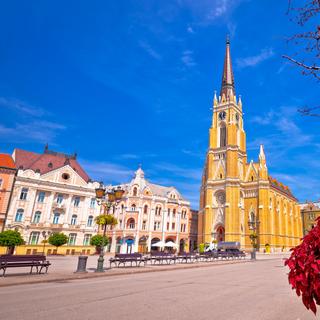
Serbia, known for its diverse landscapes and historic depth, showcases sacred sites of exceptional historical significance. November's climate hovers between 4°C and 11°C, suited for exploring its well-maintained monastic complexes. The Studenica Monastery, a UNESCO World Heritage Site, is renowned for its 12th-century Byzantine art.
Visiting Serbia in November means delving into a serene exploration of its vast monastic history. The peaceful surroundings enhance visits to sacred sites like the Peć Patriarchate, where rich frescoes tell tales of the past. The rich interplay between art history and religious significance in these sites presents an educational journey through time. Efficient transport options facilitate travel across the unique Serbian landscape, supporting comprehensive site visits. Unique cultural and ecological dynamics make Serbia a compelling destination for historical excursions.
Discover more activities surrounding Serbia's sacral landmarks: here.
Uncover Central Mexico's Sacred Spaces in November

Central Mexico, with its blend of Spanish colonial and indigenous influences, presents a multitude of sacral sites. November brings mild temperatures, from 12°C to 24°C, advantageous for historical excursions. Monumental cathedrals in this region, such as the Metropolitan Cathedral in Mexico City, highlight the fusion of faith and culture.
November travel to Central Mexico offers the perfect climate for enjoying its architectural richness, from the grandiose Puebla Cathedral to the local chapels. This region's pivotal role in religious transformation during the Spanish colonial period is vividly depicted in its sacral architecture. Access to both large urban areas and smaller historic towns allows a deeper exploration of its religious heritage. Visitors benefit from the region's advanced transportation infrastructure and varied cultural offerings. Central Mexico's combined cultural heritage ensures an insightful and multifaceted travel experience.
Plan activities to explore Central Mexico's sacred history: through this link.
Opinions

